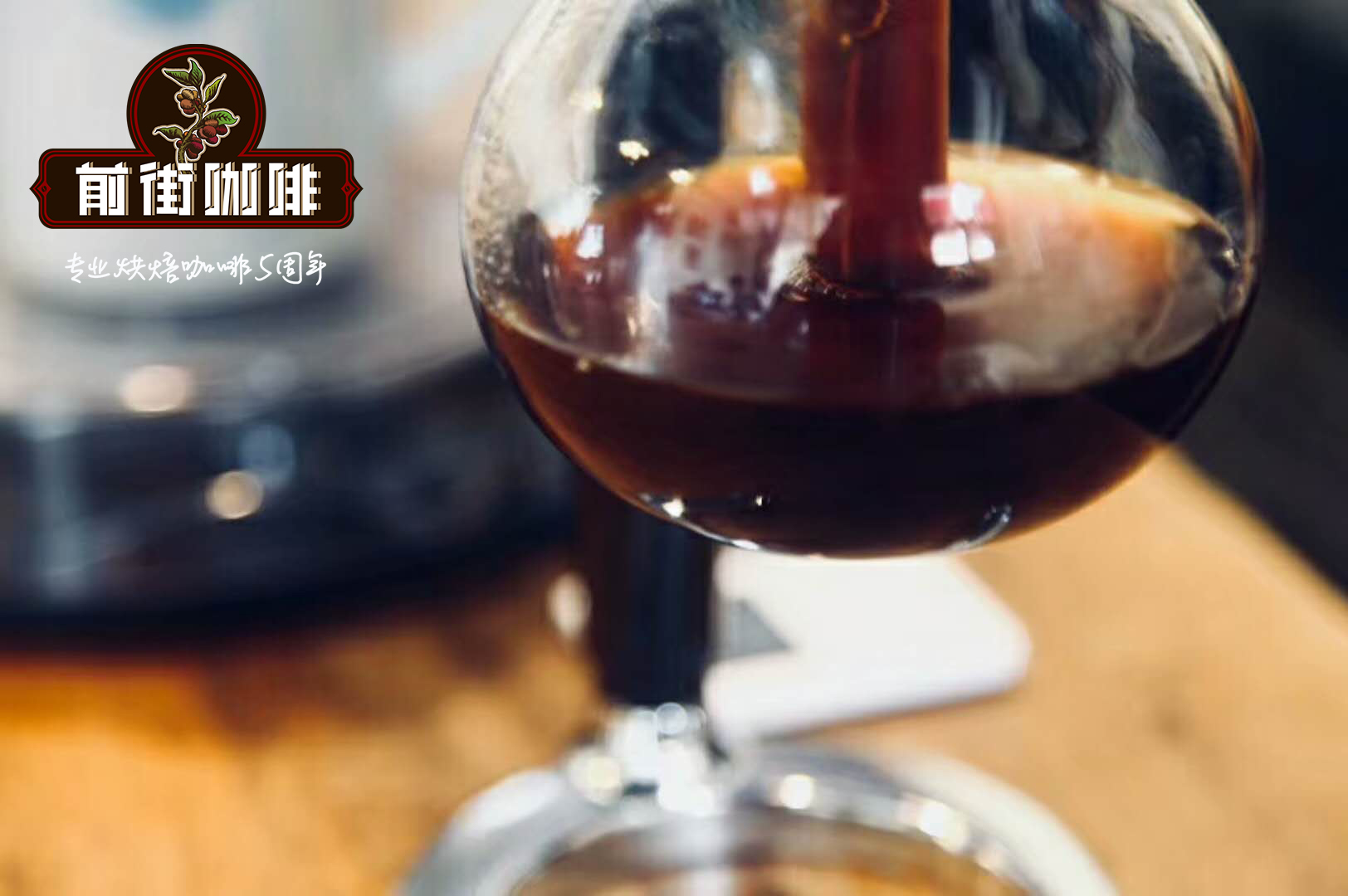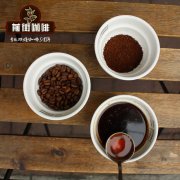Ecuadorian Coffee-Vidarian Nomarino washed Kaddura / Tibica Coffee beans Story Information

Professional coffee knowledge exchange more coffee bean information please follow the coffee workshop (Wechat official account cafe_style)
Coffee Exchange bean hunter Lewis Harding has just returned from Ecuador and is now on a bean hunt in Rwanda, Burundi and Congo. The Asian edition of roast magazine invited him to write about Ecuador's search for beans and published it in the July-August issue.
Ecuador has the best coffee in South America! It sounds like an exaggeration, but I assure you it's true. Roasters in Europe and the United States have been using Ecuador's micro-batch coffee, Lewis Harding.
Lewis visited boutique coffee plantations in Loja in the south and Pichincha and Imbabura in the north. Considering the Chinese market's preference for sweet and fruity coffee, lewis and coffee exchange worked with local partners to produce some micro-batches of high-quality coffee varieties treated with sun, honey and anaerobic fermentation.
Traditionally, the "health" of the Ecuadorian coffee industry is still largely related to the global instant coffee market, including the import of cheap robusta coffee, which is used for the production and export of instant coffee products mainly sold to Russia and Germany.
According to the USDA's latest annual report, favorable climatic conditions, the emergence of boutique plantations, and efforts to replace aging coffee trees and develop new varieties have achieved some positive results in the coffee industry in this small South American country.
According to the report, Ecuadorian coffee production rose to 205000 bags (60 kg) in the 2017 18 market year, an increase of 21% over the previous year. In addition, an increase of 50,000 bags is expected in the next market year (2018. 19), which means an increase of 24% in annual production.
The report's analysis shows that the strongest growth potential of the Ecuadorian coffee industry this year is in the boutique market, which currently accounts for only a small part of the Ecuadorian coffee market.
About half of Ecuador's coffee production comes from low-altitude coastal areas-particularly the Manab í region-high-quality Arabica coffee has always been produced in the high-altitude hills of the Amazon and Sierra mountains and has a good reputation among boutique coffee buyers and roasters.
END
Important Notice :
前街咖啡 FrontStreet Coffee has moved to new addredd:
FrontStreet Coffee Address: 315,Donghua East Road,GuangZhou
Tel:020 38364473
- Prev

Ecuador juan pena Juan pena estate coffee beans_Ecuador Juan coffee good to drink
Professional coffee knowledge exchange More coffee bean information Please pay attention to coffee workshop (Weixin Official Accounts cafe_style) There are only two coffee varieties in the world: arabic and robusta. However, very few countries can find cultivation of both varieties at the same time. For example, Colombia coffee world famous, but there is no Robus
- Next

How to test the card method forest rose summer village rose summer at home? COE score Dry fragrance Wet fragrance Aftertaste mellow such as
Professional coffee knowledge exchange More coffee bean information Please pay attention to coffee workshop (Weixin Official Accounts cafe_style) How to test card method forest rose summer village at home? COE score dry fragrance wet fragrance aftertaste mellow how to taste? The so-called cup test, just like the selection of red wine, objectively and collectively judges the sweetness and sourness of coffee, bitterness, subsequent aftertaste and aroma, and taste.
Related
- Detailed explanation of Jadeite planting Land in Panamanian Jadeite Manor introduction to the grading system of Jadeite competitive bidding, Red bid, Green bid and Rose Summer
- Story of Coffee planting in Brenka region of Costa Rica Stonehenge Manor anaerobic heavy honey treatment of flavor mouth
- What's on the barrel of Blue Mountain Coffee beans?
- Can American coffee also pull flowers? How to use hot American style to pull out a good-looking pattern?
- Can you make a cold extract with coffee beans? What is the right proportion for cold-extracted coffee formula?
- Indonesian PWN Gold Mandrine Coffee Origin Features Flavor How to Chong? Mandolin coffee is American.
- A brief introduction to the flavor characteristics of Brazilian yellow bourbon coffee beans
- What is the effect of different water quality on the flavor of cold-extracted coffee? What kind of water is best for brewing coffee?
- Why do you think of Rose Summer whenever you mention Panamanian coffee?
- Introduction to the characteristics of authentic blue mountain coffee bean producing areas? What is the CIB Coffee Authority in Jamaica?

